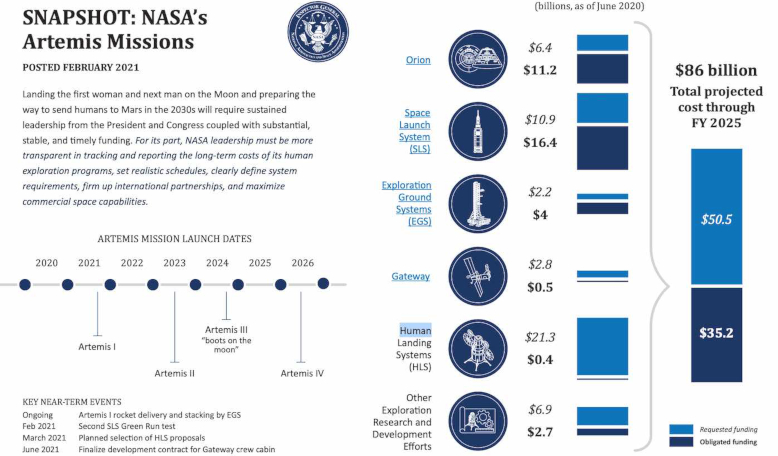

Once the board is programmed, open the serial monitor on the Arduino IDE make sure to set the baud rate to 9600 baud. Follow the steps for programming the associated board to see the code in action.

This example outputs sensor values to the serial monitor, through the USB connection of the associated board. Soldering the appropriate SPI connections using some hookup wire. Users will need to follow the hookup guide to connect the sensor properly. Refer to the board's hookup guide to verify the pins utilized for the SPI library the example code may need to be adapted. Once the library is installed, select the SPIDemo example from the File > Examples > BME680 > SPIDemo menu. Users will need to follow the hookup guide to install the associated Arduino libraries. Additional, materials like hookup wire and soldering equipment will be required. In this example, let's use the SparkFun Environmental Sensor Breakout - BME680 and the SPIDemo example from the library provided for the product. The SPI pins are useful connecting to peripheral devices, with high-speed communication. Hello World should be printed out continuously. This example outputs Hello World to the serial monitor, through the USB connection of the associated board. the loop routine runs over and over again forever:įollow the steps for programming the associated board to see the code in action. initialize serial communication at 9600 bits per second: the setup routine runs once when you press reset: Unfortunately, there isn't an example built into the Arduino IDE, so users will need to copy and past the code below. In this example, we will create a code that outputs Hello World to the serial monitor, through the USB connection of the associated board. Serial Port: Hello World and Enabling Peripherals


 0 kommentar(er)
0 kommentar(er)
